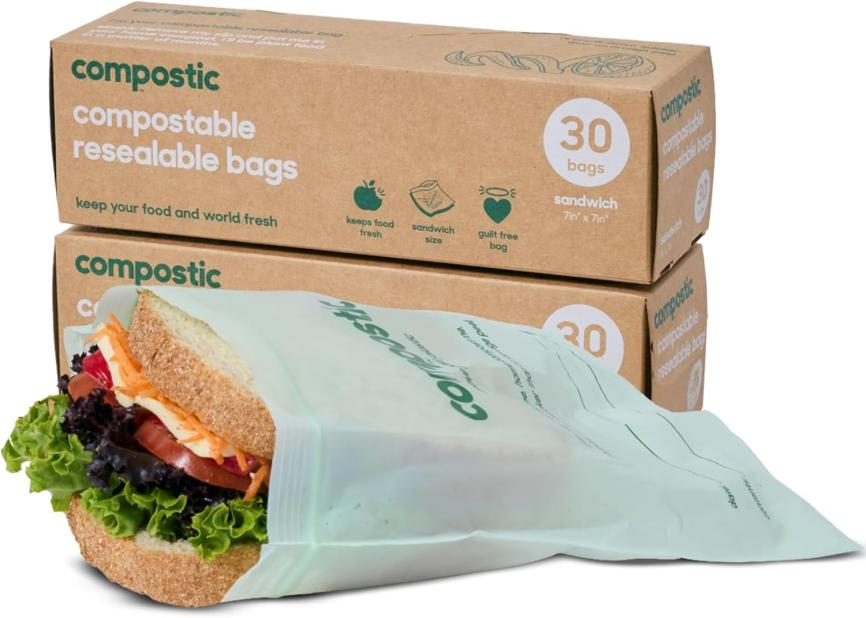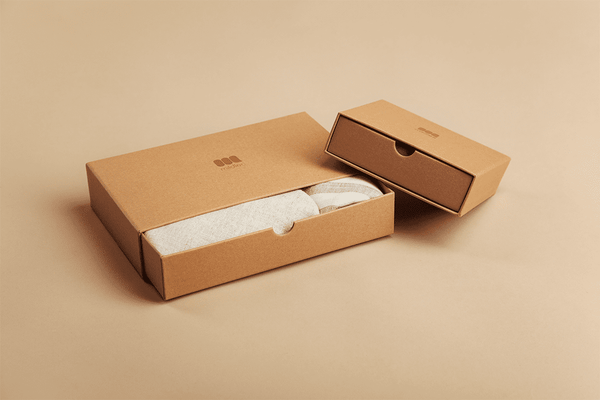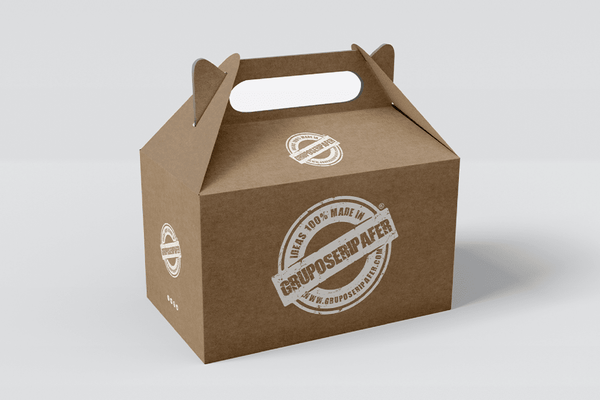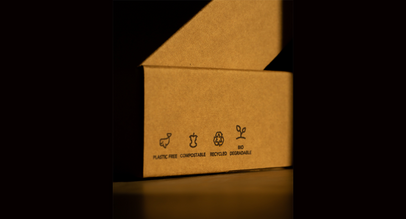Are Compostable Packagings Good for the Environment?
For most people, the concept of compostable packaging may still be limited to soft, compostable plastic bags used to hold food waste. In reality, it's much more than that.
Compostable materials not only meet the needs of diverse business scenarios but also redefine product experience and brand value through a cradle-to-cradle circular approach. As a packaging partner, MTPAK is committed to transforming these cutting-edge concepts into practical solutions.
So, how can compostable packaging transcend conventional wisdom and inject new vitality into brands? Let's explore it together!
What is compostable packaging?
Compostable packaging is packaging that breaks down and decomposes into non-toxic, natural elements and compost at the same rate as organic materials. Compostable packaging adds nutrients to the soil as it breaks down, enriching the soil in the process.
What materials are considered compostable packaging?
1.Paper
Paper is still commonly used in many products, such as newspapers, magazines, and notepads. But thanks to compostable paper, it can be added to your compost pile and effectively decomposes without leaving behind toxic chemicals.
2.Bioplastics
Bioplastics are derived from biological matter, making them a better alternative to traditional plastic materials. Furthermore, unlike plastics, bioplastics are biodegradable or compostable, meaning they are friendlier to the soil.
3.Cardboard
Cardboard is one of the best materials because it is recyclable, biodegradable, and compostable. Compostable cardboard can be added to your garden compost pile and will naturally decompose.
4.Plant-Based Materials
Some plant-based materials are naturally compostable and will dissolve effectively if added to your compost pile instead of being thrown into waste or landfills. This is because plant-based materials are compostable under certain conditions. Some examples of plant-based materials include corn, starch, seaweed, sugarcane, tree pulp, and bamboo.
5.Natural Fibers
Natural fibers are naturally compostable and break down easily. This is because their cellulose-based chemical structure is biodegradable. Examples of natural fibers include jute, hemp, and cotton.
What are the advantages and limitations of compostable packaging?
Compostable packaging, made from plant-based, renewable, and recyclable materials, offers significant environmental advantages. It decomposes quickly under natural conditions, leaving no toxic residues and effectively minimizing negative impacts on the environment.
By reducing the amount of waste entering landfills, this type of packaging helps reduce greenhouse gas emissions and promotes resource recycling. After use, it can be composted and converted into organic fertilizer, returning it to the soil. This completes the packaging-to-fertilizer cycle, fostering a circular economy and reducing the overall carbon footprint.
However, its promotion still faces certain limitations. First, composting infrastructure is not yet widespread, and many regions and consumers lack the conditions for use or reuse, limiting its environmental benefits. Second, initial costs are generally higher than those for traditional plastics, making some companies unable to invest due to technical constraints or financial pressures. Furthermore, a lack of consumer awareness can easily lead to improper disposal, such as mixing compostable packaging with regular trash, causing cross-contamination and reducing the quality of the compost.
Thus, promotion requires clear guidance and public education, as well as gradual promotion of supply chain collaboration and product substitution to mitigate related risks.
In addition to conventional applications, what other innovative applications does compostable packaging have?
1.Food Delivery
In the food delivery sector, compostable packaging offers a solution that balances performance and environmental friendliness. While general food packaging can reduce shipping costs and help preserve freshness, it also addresses the challenges of heat and oil resistance in takeout containers. Modified PLA, manufactured using injection molding, can withstand microwave heating and hot soups and oils, achieving both convenience and compostability.
2.Beauty
The beauty industry is cultivating a sustainable, high-end image through compostable packaging. High-gloss compostable composite materials, combined with hot foil stamping or embossing, create compact powder cases and tubes with a luxurious look and feel. This allows brands to reduce their carbon footprint while ensuring the packaging's quality aligns with their brand identity.
3.E-commerce Logistics
The key to using compostable packaging in e-commerce logistics lies in providing reliable protection and achieving a closed-loop system. Compostable packaging not only helps companies reduce their carbon footprint, but specialized cushioning solutions—such as compostable bubble bags or recycled pulp molding—provide comparable shock resistance to traditional plastics and can be composted by consumers after use, truly achieving a green cycle from "protection to return."
4.Fresh Produce Preservation
Meeting the stringent freshness requirements of fresh produce, fresh produce trays made by thermoforming a PLA+PBAT blend with precise control of its air and moisture permeability can effectively extend the shelf life of fruits and vegetables. This innovation maintains the packaging's high performance while ensuring full compostability at the end of its lifecycle.
Conclusion
While sustainable transformation doesn't happen overnight, it begins with a clear choice. Today, innovative applications of compostable packaging are constantly expanding their reach—from food to beauty, from e-commerce logistics to fresh produce preservation—every sector holds the potential to revitalize products and enhance brand value with environmentally friendly materials. This isn't just about following trends; it's a vote for the future we want. Choosing compostable packaging means choosing to be part of a zero-waste solution.
If you're unsure where to start, MTPAK invites you to start a conversation. Whether it's matching your product with packaging that's both beautiful and practical, while maintaining an environmental narrative, or exploring new forms of sustainable packaging, we're committed to working with you to redefine packaging possibilities—making every opening a beautiful ritual of respect for the planet.
Email:account@mtpak.com
Contact us:https://mtpak.com/contact-mtpak




